“I'm Amos Binney.
It takes a town
Although only a town of 20,000 people, Boston provided nearly all the materials needed to outfit Constitution in 1812. The ship’s masts, sails, metal fittings, boats, gun carriages, and a thousand things besides came from skilled craftspeople. In all, Bostonians earned more than $200,000 for their work. The frigate building program proved a powerful stimulus to the local economy.
Amos Binney, Boston’s purchasing agent for the Navy, hired poor women and children to sew clothing needed for the ship’s crew during the war. This practice enabled Binney to procure clothes at a moment’s notice and at low prices, which benefitted the Navy and offered a meager income to those in need of work.
Map of Boston in the State of Massachusetts
John Groves Hale, 1814
Map reproduction courtesy of the Norman B. Leventhal Map Center at the Boston Public Library








- Blacksmith Thomas Barnes made augers and bolts for $197.
- Musical instrument maker and ivory turner William Callender made powder horns for $156.
- Brewer Andrew Dunlap supplier four barrels of beer for $32.
- Coppersmiths Martin Gay and William Hunneman made a cabin stove and provided copper for $297.
- Upholsterer Moses Grant sewed three cushions for the ship’s barge for $22.50.
- Ropemakers Jeffery and Russell supplied hemp and cordage worth $22,042.
- Bookseller Ebenezer Larkin sold stationary for $123.
- Shipcarvers John and Simeon Skillin carved the ship’s Hercules figurehead for $719.
- Butcher Edmund Winchester provided beef and pork worth $2,636.

In six months Constitution’s 485 hungry sailors consume:

Ship's Biscuit
84,456 lbs
About 337,824 biscuits.

Beef
57,700 lbs
Equal to about 101 cows, or 230,800 hamburgers.

Pork
50,600 lbs
Equal to about 338 pigs.
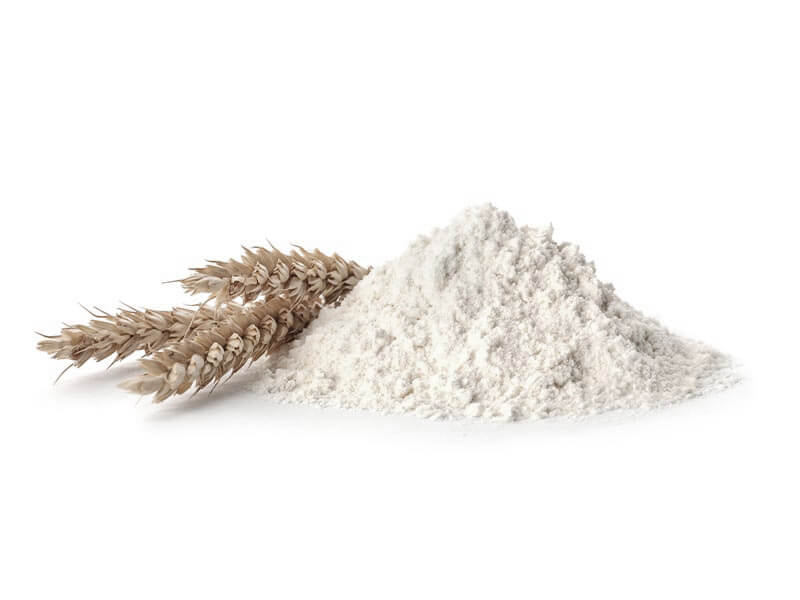
Flour
12,544 lbs
Equal to 2,509 5-lb sacks. Flour was used to thicken stew.

Suet (beef fat)
5,850 lbs
Fat from about 216 cows.
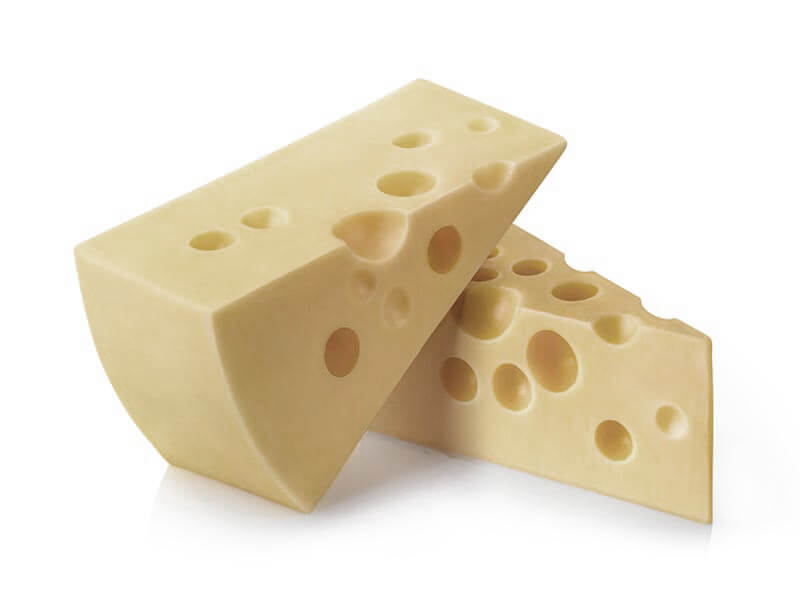
Cheese
2,174 lbs
Equal to about 233 wheels of cheese.
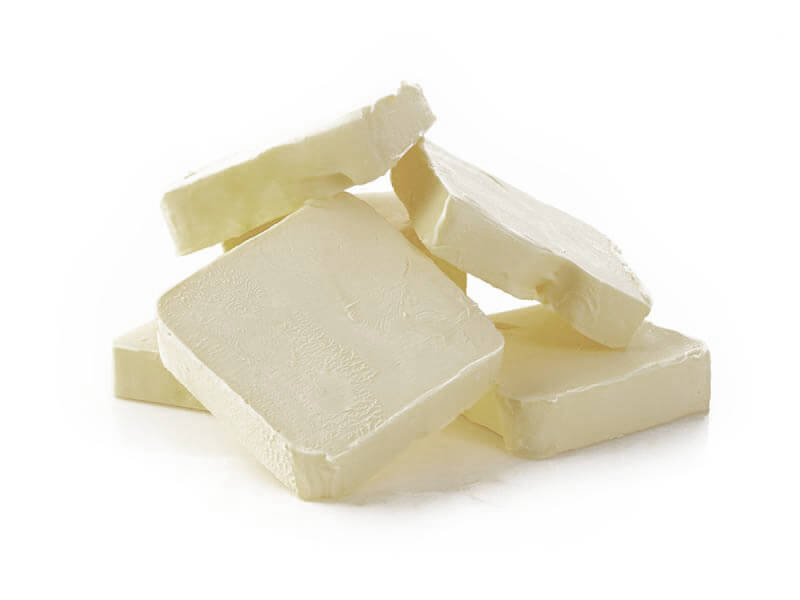
Butter
1,765.5 lbs
Equal to 7,062 sticks of butter.
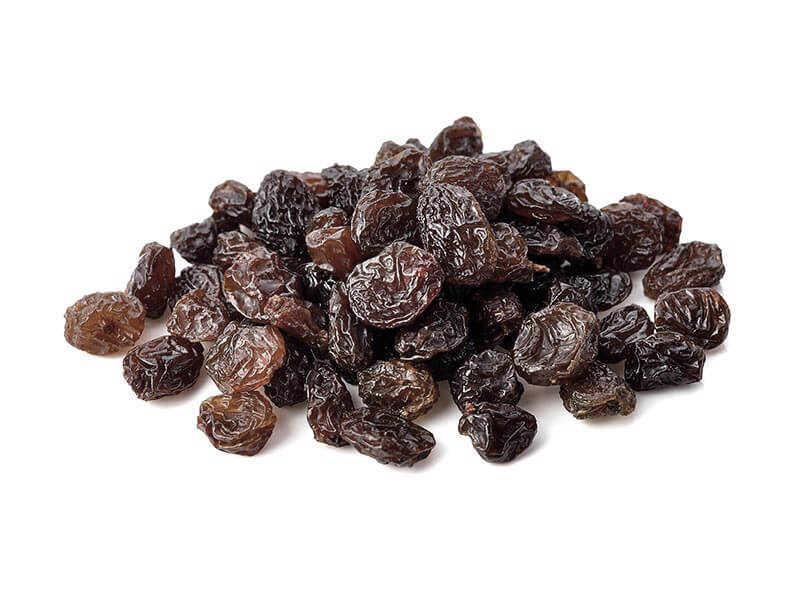
Raisins
360 lbs
Equal to 3,840 small boxes of raisins.
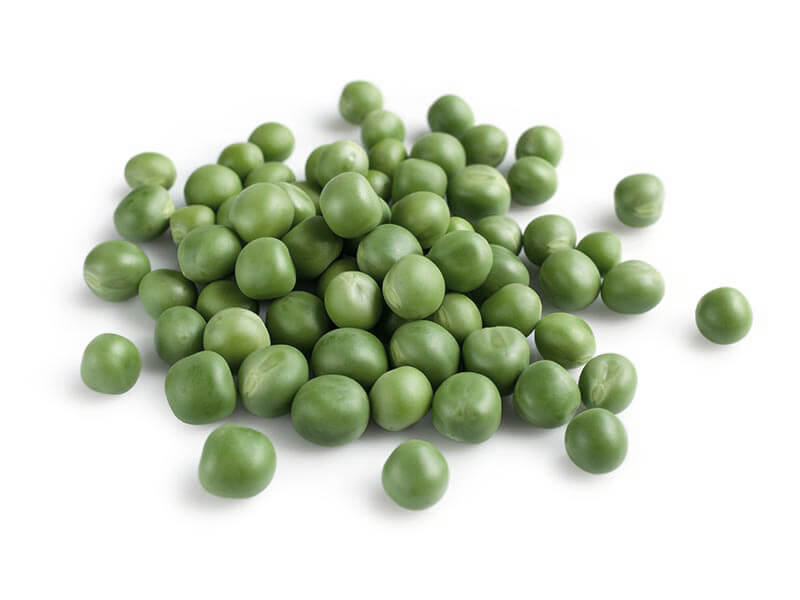
Peas/Beans
1,932 gals
Equal to 13,248 bags.
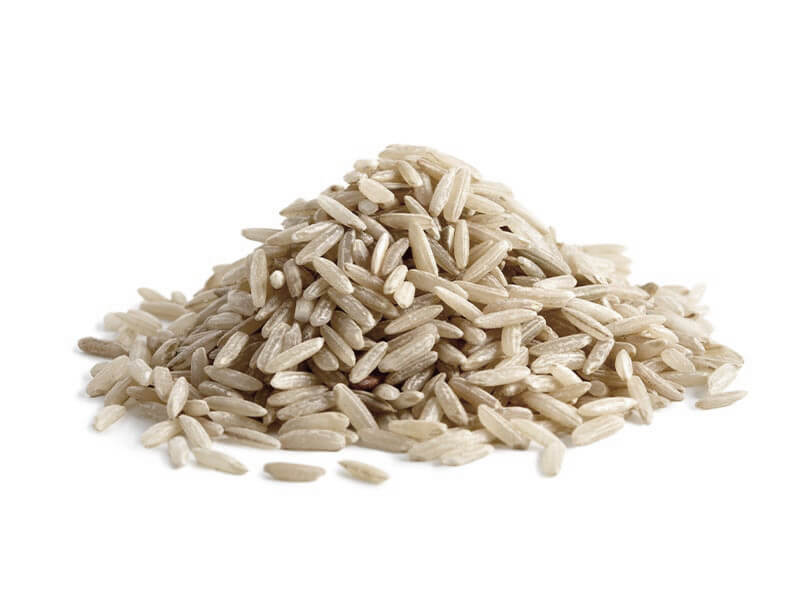
Rice
1,657 gals
178 bushels or the yield of 4 ½ acres of rice.
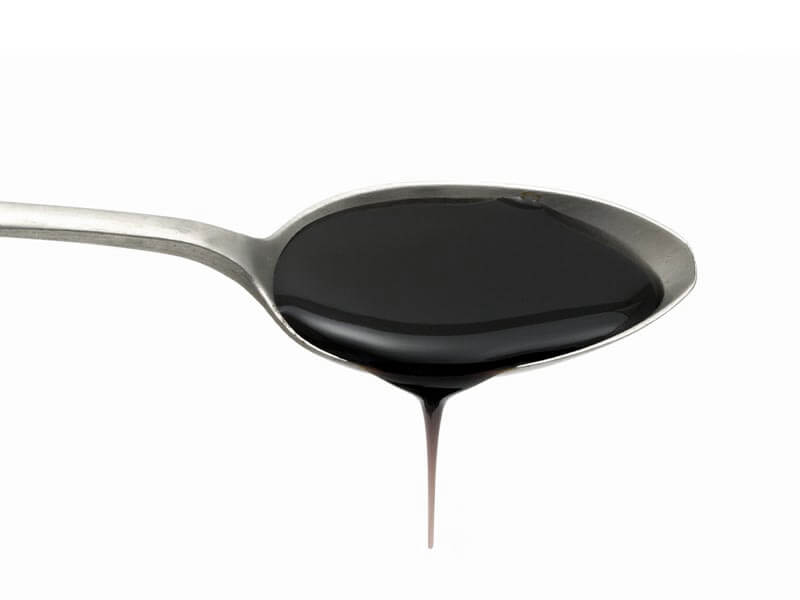
Mollases
870 gals
Byproduct of 2 acres of sugar cane or 400,000 lbs of sugar cane.
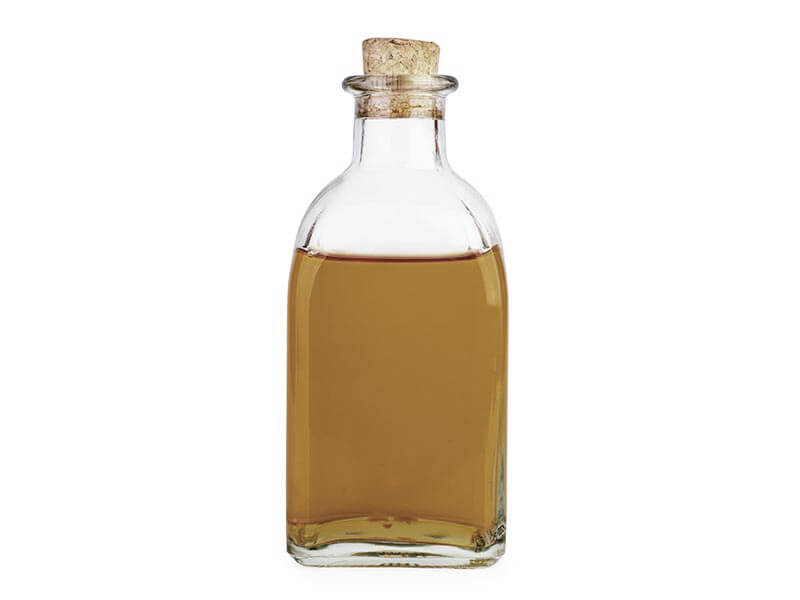
Vinegar
1,310 gals
Equal to 335,360 tbsp.
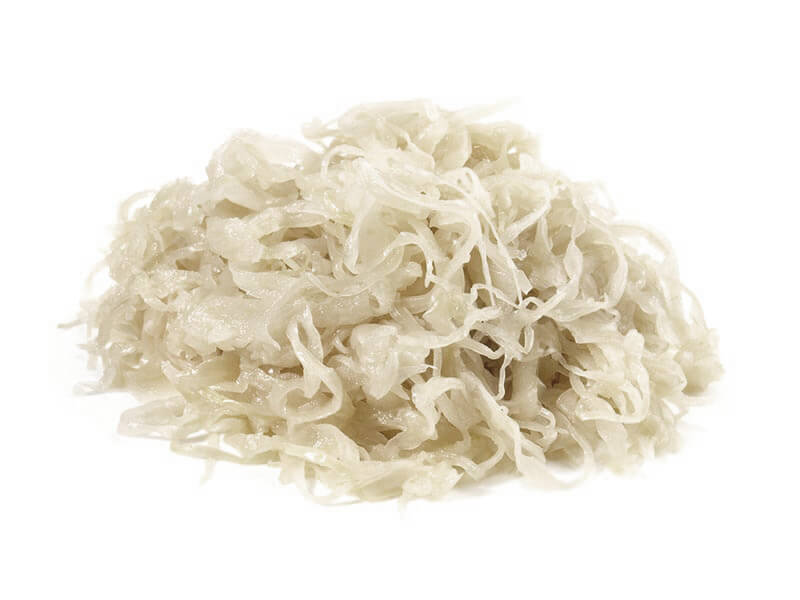
Sauerkraut
800 gals
About 4,000 cabbages and 2,400 tbsp of salt.
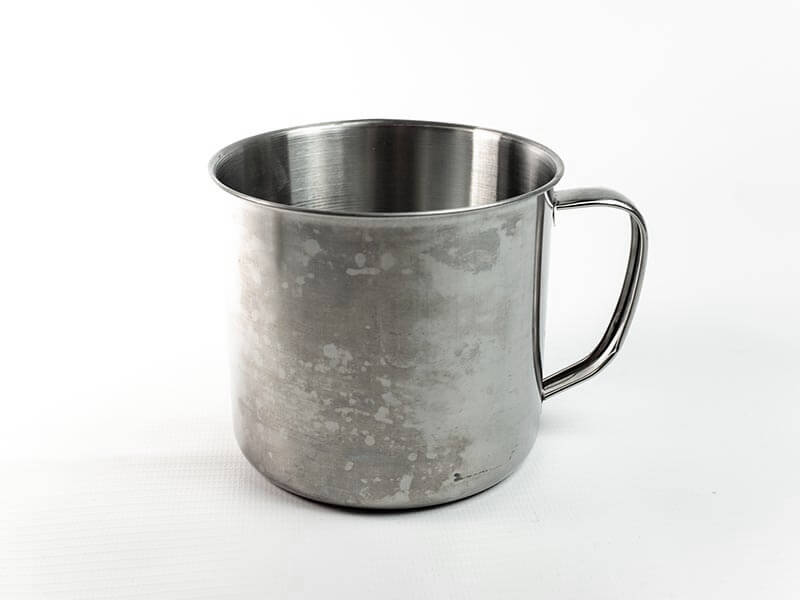
Spirits
9,546 gals
38,184 regulation Navy ration ½ pints.

Water
47,265 gals
Equal to 756,240 glasses of water.
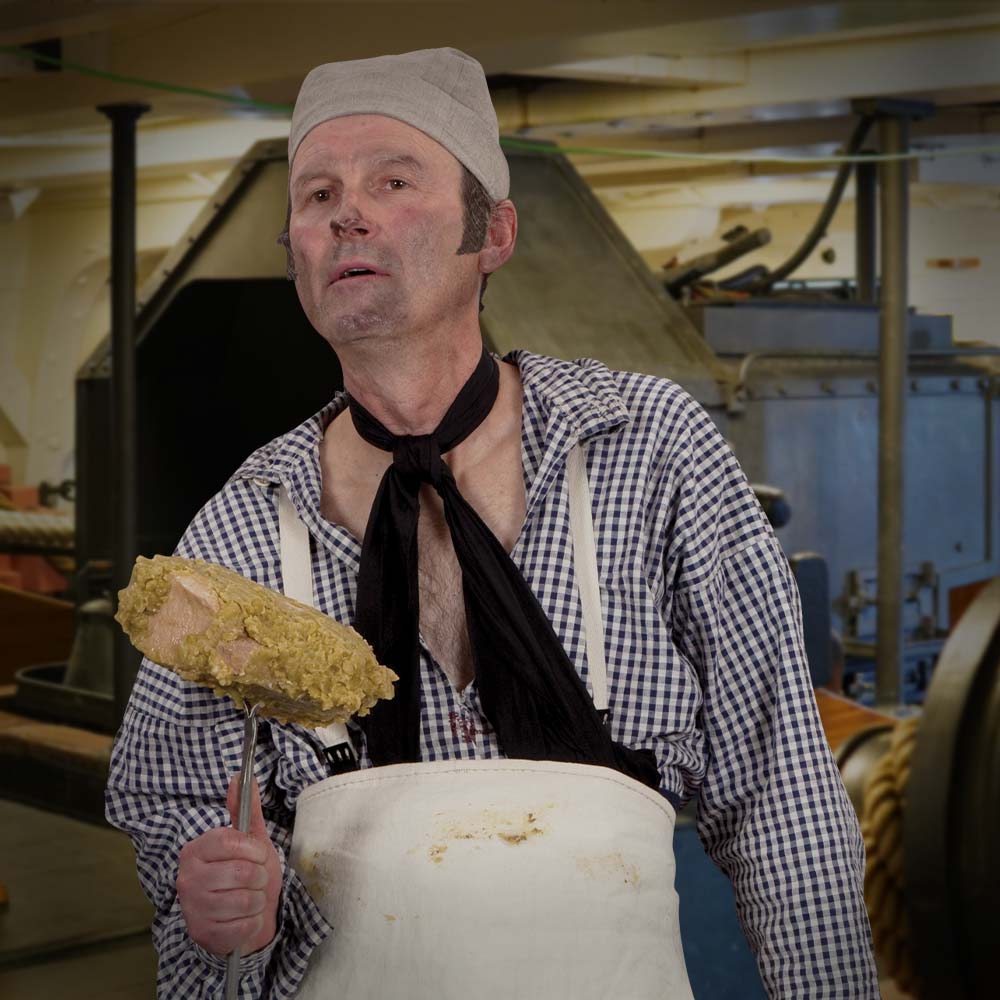
Quality Beef for the Crew
Sailors ate better at sea than many of their social group on shore. The meat procured for the sailors met high standards. As Secretary of the Navy Benjamin Stoddert wrote in 1799, “The Navy Sailors having been used to the best Beef will not eat the common kind.”
The U.S. Navy had strict rules for meat supplied to its sailors. According to one contract, beef was to be “packed in the best White Oak Barrells full bound with white oak or walnut hoops, from well fatted Oxen weigh[ing] not less than 600 pounds each, excluding the neck, shins, shoulder blades and leg rounds and to be cut into ten pound peices [sic] or 20 peices to each Barrell…. The whole to have a sufficient quantity of good Salt and Salt Petre.”
